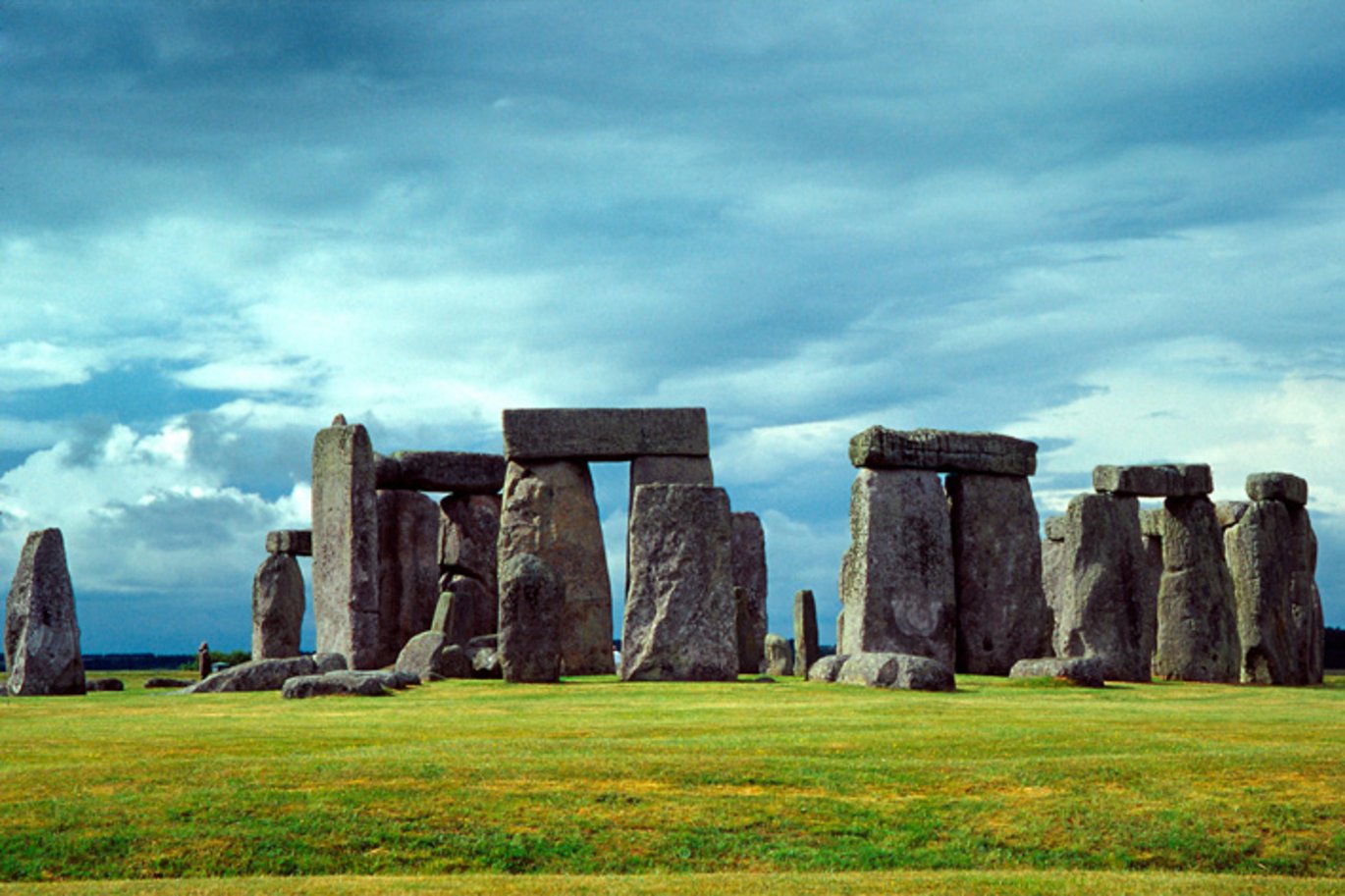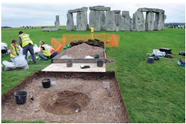Public lecture: New investigations at the Stonehenge world heritage site
Stonehenge - an astronomical observatory, a centre of healing or a place of the ancestor spirits? The latest big researh project on Stonehenge "The Stonehenge Riverside Project" provides us with new insight into the daily life of Stonehenge and its prehistoric builders.

Oplysninger om arrangementet
Tidspunkt
Sted
Campus Aarhus, Nobelparken, Big Lecture Hall (Building 1482, room 105)


The lecture is open to everyone free of charge.
The capacity of the Lecture Hall is 200 people.
Professor Parker-Pearson will present the results of the Stonehenge Riverside Project, and discuss the current interpretations – an astronomical observatory, a centre of healing or a place of the ancestor spirits – and indeed the identity and daily life of its Neolithic builders.
One of the greatest mysteries – why some of Stonehenge’s stones were brought from 180 miles away in the Preseli Hills in Wales – is currently being investigated and its brand new results will be presented at the lecture.
Stonehenge
is one of the great wonders of the prehistoric world because of its exceptional monumentality.
After years of new excavations and research, archaeologists have now provided completely new knowledge of the date, history and purpose of this unique monument.
One of the key advances has been to place the central monument of Stonehenge in relation to the surrounding monuments as well as the wider landscape and prehistoric monuments at the Salisbury Plain.
We now know much more about how Stonehenge developed over time in concert with its surroundings. Knowledge has for example been provided about the people who built Stonehenge – their place of origin, their daily life, their religious beliefs, and how they organized socially. Near the henge-enclosure of Durrington Walls the project excavated a settlement with houses, now believed to have been inhabited by Stonehenge’s builders.
In addition to re-dating the various building and use phases of Stonehenge itself, an investigation was undertaken of the surrounding ceremonial monuments, settlements and burial sites, many of which were hitherto undated and unknown.
The discovery of Bluestonehenge was a particular highlight. This mini stonehenge built 5000 years ago is located on the banks of the River Avon marking the entrance to the greater site of Stonehenge.
It seems that “Bluestonehenge was where the dead began their final journey to Stonehenge – Britain’s largest burial ground at that time. Maybe the bluestone circle is where people were cremated before their ashes were buried at Stonehenge itself.” (Parker-Pearson in Current Archaeology 2012)
Mike Parker-Pearson
has a Ph.D degree from Cambridge University and previously worked for English Heritage.
He is professor at the University of Sheffield and from August 2012 he moves to UCL as professor at the Institute of Archaeology.
He is an internationally renowned expert in the archaeology of death particularly in the periods of the Neolithic and the Bronze Age, but also specialises in the later prehistory and protohistory of Britain and Northern Europe.
He has published a large number of books and articles covering topics from architecture, funerary rituals, social identification, food and warfare to ethnoarchaeology, public archaeology, archaeological theory and heritage management.
He has made archaeological fieldwork in Britain, Denmark, Easter Island, Germany, Greece, Madagascar, Syria and the United States, and currently directs field projects in the Outer Hebrides, Madagascar and the Stonehenge World Heritage Site.
Parker-Pearson received the award of `Archaeologist of the Year´ for 2010.
He is director of the collaborative Stonehenge Riverside Project gathering a number of renowned specialists in archaeology and science. In 2010, this project won the title of Archaeological Research Project of the Year´ after the unexpected discovery in 2009 of the remains of a second stone circle, the so-called Bluestonehenge linked to Stonehenge itself.

